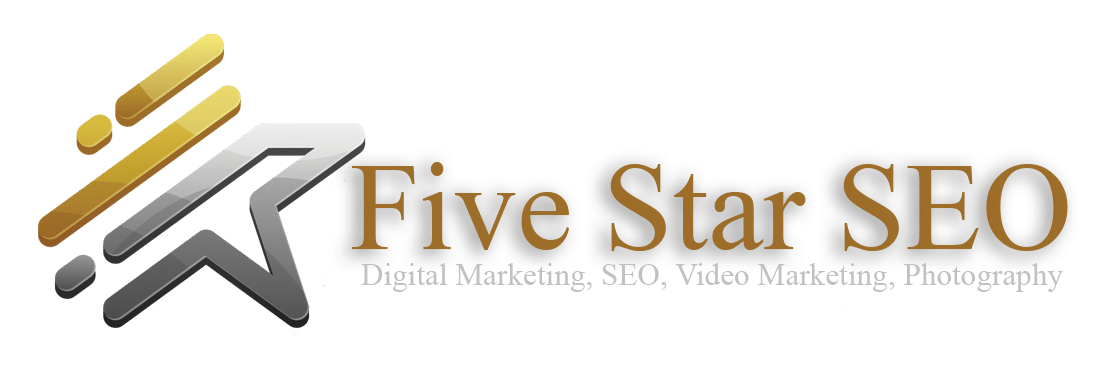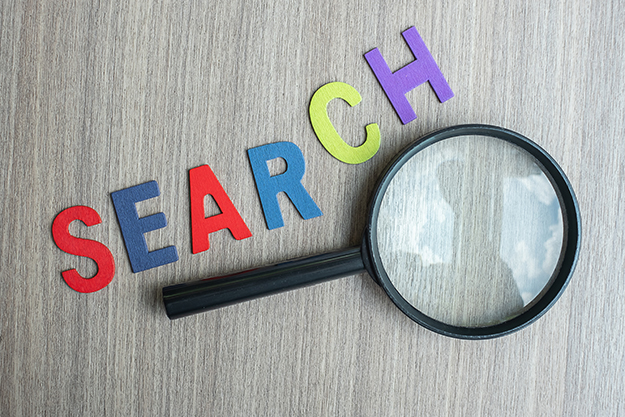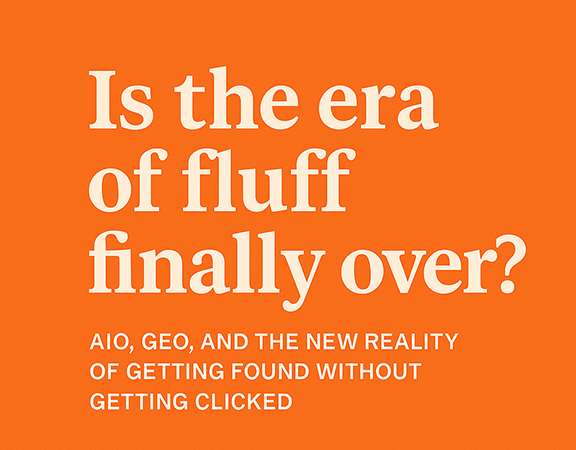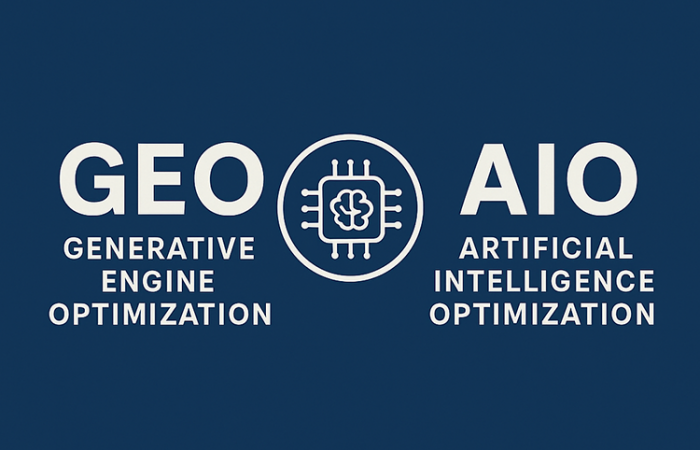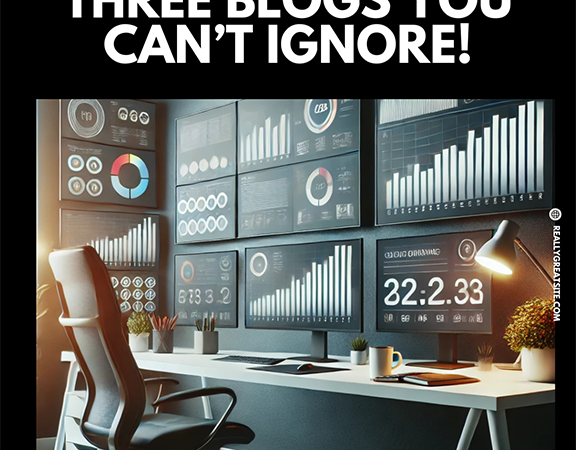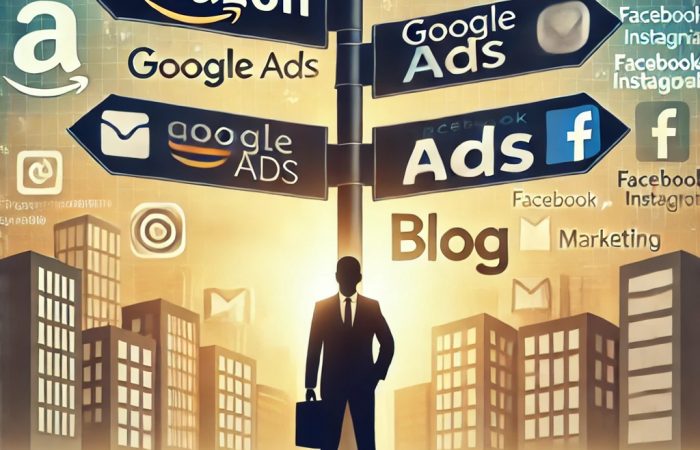In the world of SEO, the balance between informational content and commercial pages is like crafting the perfect recipe. Too much of one ingredient, and you risk your efforts falling flat. Too little of the other, and your audience might not even know you exist. At Five Star SEO, we understand the importance of this balance to boost your website’s visibility and performance. Let’s dive into why informational pages are essential to ranking your commercial and transactional pages and how they work together to elevate your SEO strategy.
What Are Informational and Commercial Pages?
Think of your website as a garden. Informational pages are the nutrient-rich soil that supports the growth of your commercial flowers and fruits.
- Informational Pages: These provide valuable insights, answer questions, and build trust. Examples include blogs, how-to guides, FAQs, and case studies.
- Commercial Pages: These are designed to convert visitors into customers, such as product pages, service pages, and pricing pages.
A successful website needs both—informational pages to attract and educate and commercial pages to convert and drive revenue.
Why Informational Pages Are Key to SEO Success
1. Building Domain Authority
Search engines reward websites that are seen as authoritative and trustworthy. Informational pages are more likely to attract backlinks from other websites because they offer genuine value—whether it’s solving a problem or providing unique insights. These backlinks boost your overall domain authority, which, in turn, enhances the ranking potential of all your pages, including your commercial ones.
Analogy: Imagine your website as a team of athletes. The informational pages are the trainers, building strength and endurance for the entire team. When the big game (a transactional query) arrives, your commercial pages are ready to win.
2. Supporting Geo/City Pages Indirectly
If you’re targeting specific locations, your city pages (e.g., “SEO Services in Freehold”) rely heavily on the authority and traffic brought in by your informational content. For instance:
- Blog Topic: “How Local SEO Helps Small Businesses Thrive”
- Geo Page Connection: This blog targets informational keywords, attracts traffic, and links internally to your “SEO Services in [City]” page.
By doing this, the blog indirectly boosts the ranking of the geo page by funneling traffic and link equity.
Example: A landscaping company targeting “Landscaping Services in Austin” might write a blog titled “Top 5 Landscaping Trends for Texas Homes.” The blog educates and draws in a broader audience while subtly promoting their geo page.
3. Engaging the Entire Buyer’s Journey
Informational pages cater to users at different stages of the decision-making process:
- Awareness Stage: Blogs like “What Is Local SEO?” attract those curious about improving their online visibility.
- Consideration Stage: Case studies and guides help potential customers evaluate their options.
- Decision Stage: Commercial pages convert these informed visitors into paying customers.
Analogy: It’s like hosting a party. The blogs and guides are the invitations and welcome drinks that bring people in and make them comfortable, while the commercial pages are the main event that seals the deal.
4. Internal Linking and Traffic Flow
Your informational pages should act as bridges, connecting users to your commercial pages. When a user reads an educational blog and finds a link to your service page, they’re more likely to visit and convert.
Example: A law firm’s blog about “5 Reasons You Need a Will” can link to their “Estate Planning Services” page, seamlessly guiding users from learning to purchasing.
How Many Informational vs. Commercial Pages Do You Need?
While there’s no one-size-fits-all ratio, a good rule of thumb is to aim for:
- 70-80% Informational Pages: Blogs, guides, FAQs, and educational resources.
- 20-30% Commercial Pages: Product/service pages, landing pages, and pricing pages.
This balance ensures you’re covering the entire spectrum of user intent while building a strong foundation for your transactional content.
Analogy: Think of it as a tree. The informational pages are the deep roots that anchor the tree and provide nutrients. The commercial pages are the fruits and flowers that showcase your offerings and bring in the harvest.
The Long-Term Benefits of Informational Content
- Increased Backlinks: Valuable content attracts links from other reputable sites.
- Higher Traffic: Informational content ranks for long-tail keywords, bringing in consistent traffic.
- Brand Authority: Becoming a go-to resource builds trust and loyalty.
- Boosted Commercial Page Rankings: The collective authority and internal linking lift up your transactional pages in search rankings.
Conclusion: A Symphony of SEO Success
Creating a balanced SEO strategy with both informational and commercial content is like orchestrating a symphony. Each page has its role, and when they work together, they create harmony that resonates with search engines and users alike.
At Five Star SEO, we specialize in crafting strategies that balance these elements perfectly. Let us help you grow your website’s authority and conversions. Ready to strike the right chord? Contact us today!
